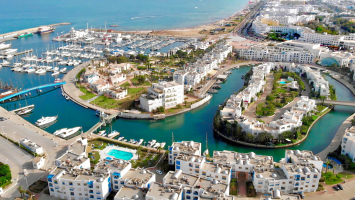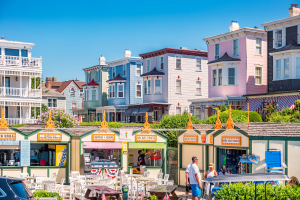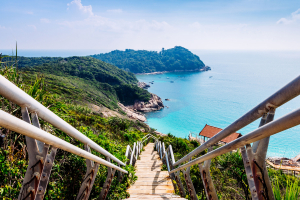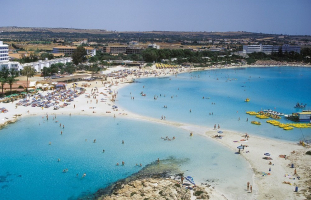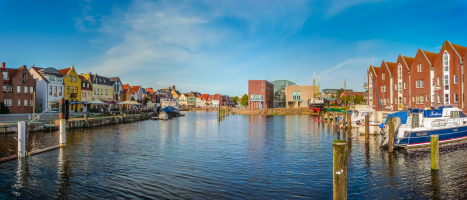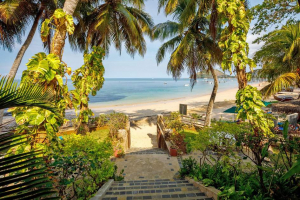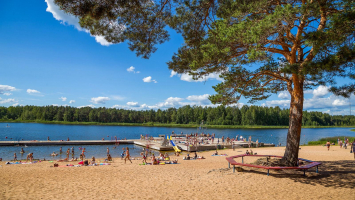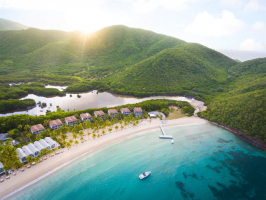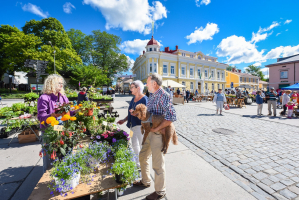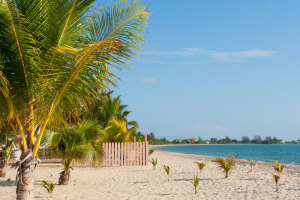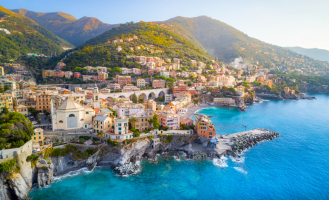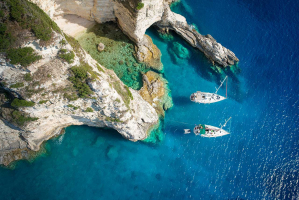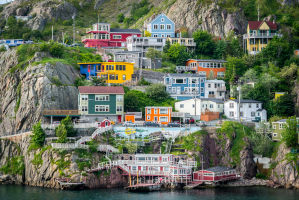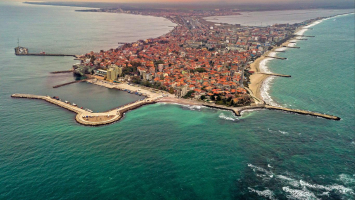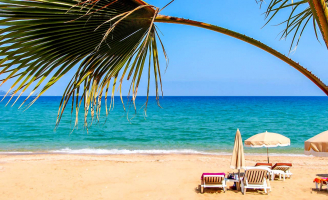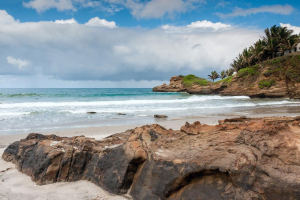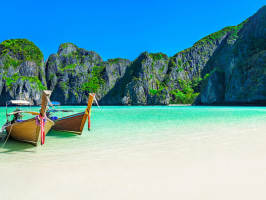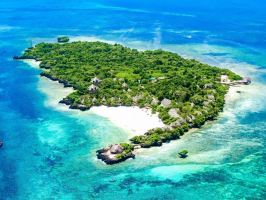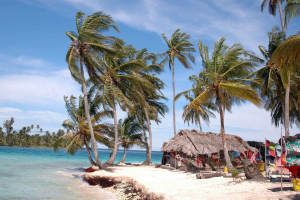Top 8 Most Beautiful Coastal Towns in Cuba
Cuba is a mysterious place where it feels as though time has stopped there. Vintage vehicles litter the streets, and vibrant mosaics are used to decorate the ... read more...homes and shops. More and more tourists are choosing to spend their beach vacations in Cuba thanks to the gorgeous blue waters and warm weather. While first-timers might go toward the popular locations, frequent visitors are more likely to seek out the secret, peaceful locations. Here are the top beach towns in Cuba that are worth visiting if you're a tourist who also wants to experience the local culture.
-
Baracoa is located in Cuba's extreme eastern region, in front of a little bay that is semicircular in shape. The town is surrounded by a harsh, isolating ring of mountains that cut it off from the rest of the nation until the government built a road through the mountains to connect it to Guantanamo in the 1960s.
Christopher Columbus' landing in the region in December 1492 marked the region's first appearance on maps. Diego Velázquez de Cuéllar, a Spanish conquistador who conquered Cuba, built the first Spanish settlement here in 1512. From 1518 to 1522, Baracoa served as the nation's capital.
This community takes great pride in offering pristine, undiscovered beaches in Cuba with breathtaking backdrops of chocolate, bananas, and coconuts growing in the countryside and being the main exports from Baracoa port. The region's most beautiful beach, Playa Maguana, is located about 20 kilometers northwest of the town. If you're feeling daring, hire a bike and ride over there.- Location: Guantánamo

https://pixels.com/ 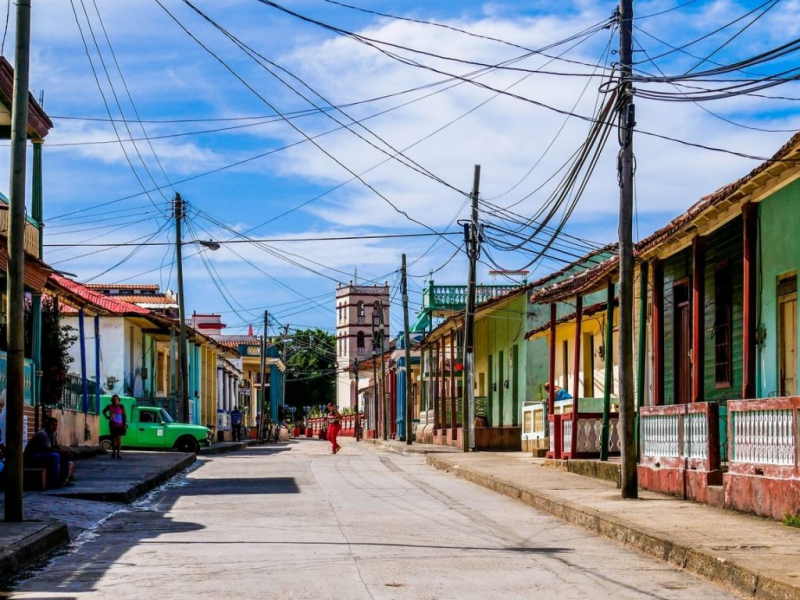
https://www.quest2cuba.co.uk -
One of Cuba's most fascinating seaside towns and a UNESCO World Heritage Site is Cienfuegos, often known as the Pearl of the South. This city on the southern coast of Cuba, which has a population of 150,000, is located 250 kilometers (160 miles) from Havana, the nation's capital. It is currently one of the main industrial hubs in the nation, especially for sugar and energy, and it also has some stunning sights for tourists to enjoy. There are the magnificent Palacio as well as the El Nicho Waterfalls.
This palace has soul-pleasing architecture that is unparalleled. Arabesques adorn the walls as Moorish arches give way to them. Unparalleled views of the bay may be seen from the bar on the roof. This magnificent palace is reminiscent of the well-known Southern Moorish style that originated in Andalusia in southern Spain.
For the tranquil waters of the Bay of Cienfuegos, leave the waves behind. Although it is not the sole example of Cienfuegos' majestic architecture, the Museo Historico Naval Nacional ought to be your first stop when visiting this maritime Unesco World Heritage Site. Stock up on local coffee, tobacco, and sugar cane to keep you happy at sea while you're not roaming the Malecón and gawking in awe at Punta Gorda's bizarre castles.
- Location: Cienfuegos
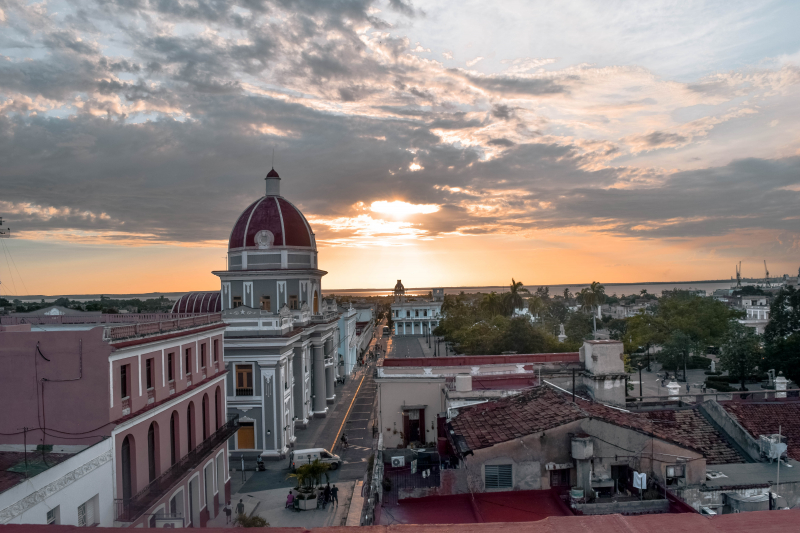
http://www.alwaysaforeigner.com 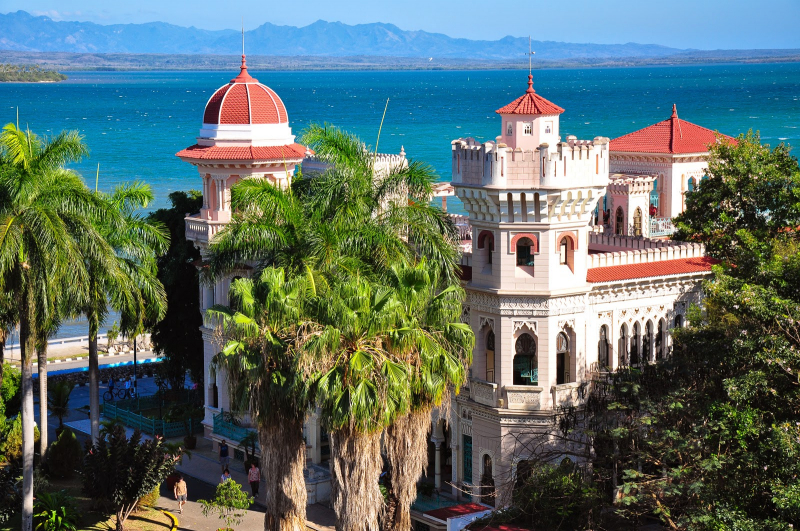
https://paul-paulsphotoblog.blogspot.com -
Visitors can find Guardalavaca, the coastal paradise, on Cuba's north shore. There are activities here to satisfy every preference and interest. Guardalavaca is one of the top beach towns in Cuba because to all of these things to do there.
These activities include snorkeling, diving, boating, horseback riding through the countryside, and taking the Beautiful Bariay Jeep Tour to take in the breathtaking landscape. This tour incorporates a short detour to the charming nearby village, where guests can stop by the ration store, school, and doctor's residence. For the more daring visitors who desire to soar above the Bahia de Naranjo, speedboats are offered. There is a dolphinarium in the town as well. La Maison Restaurant and El Ancla are two top-notch eateries in this town.
Off the shore of Guardalavaca, you will have plenty of opportunities to use your snorkel and fishing gear. The deep waters and coral reefs offshore make Guardalavaca an excellent point of call for fishing and diving as one wades around Cuba's northern coast. Do you need to take a time to relax on land? Watch the Playa Bani waves crash while sitting on a bench close to a bronze Beatle in John Lennon Park.
- Location: Holguín
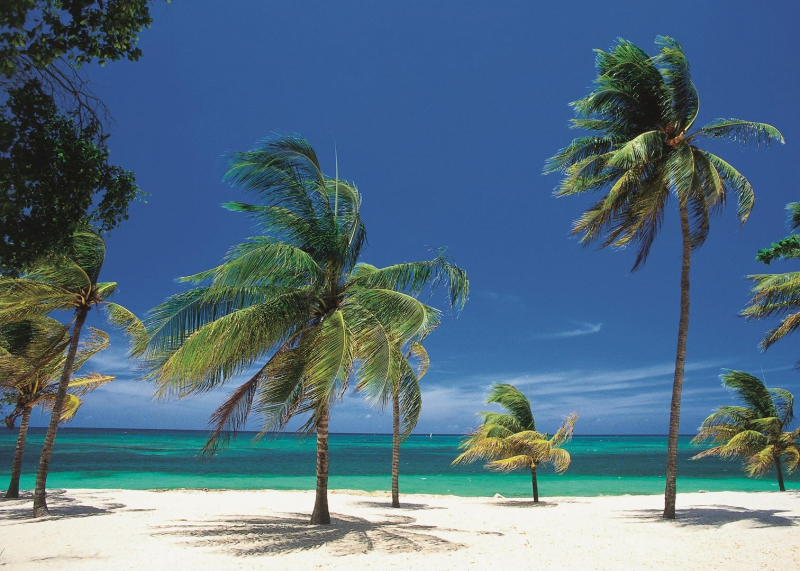
https://www.pinterest.com/ 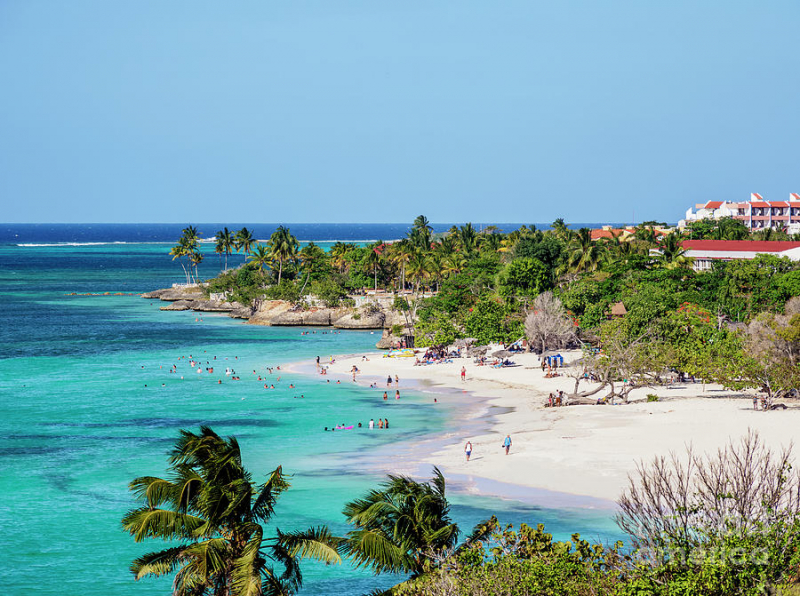
https://fineartamerica.com -
A beach town can be found in Cuba's Ciudad de la Habana Province. It is a ward (consejo popular) of the municipality of Habana del Este situated near the mouth of the Guanabo River, halfway between Santa Cruz del Norte and the Atlantic Ocean shore, and between the Sierra del Canchón and the center of Havana (mountain range).
Guanabo is a beach resort town with a few modest hotels and small-scale houses. In 1800, the town was established. It was there that Havana-based troops put down the Peas Altas revolt in 1827 (Peas Altas is a neighborhood east of Guanabo).
The village of Guanabo is situated between Santa Cruz del Norte and Havana along the mouth of the Guanabo River. It is bordered by the Sierra del Canchon mountains and faces the Atlantic Ocean. Smaller houses and a number of hotels with low rise architectural styles are among the seaside attractions in this uncrowded beach town in Cuba. The Penas Altas insurrection, which dates back to 1800, took place here and was brutally put down by government troops sent from Havana in 1827.
- Location: Ciudad de La Habana
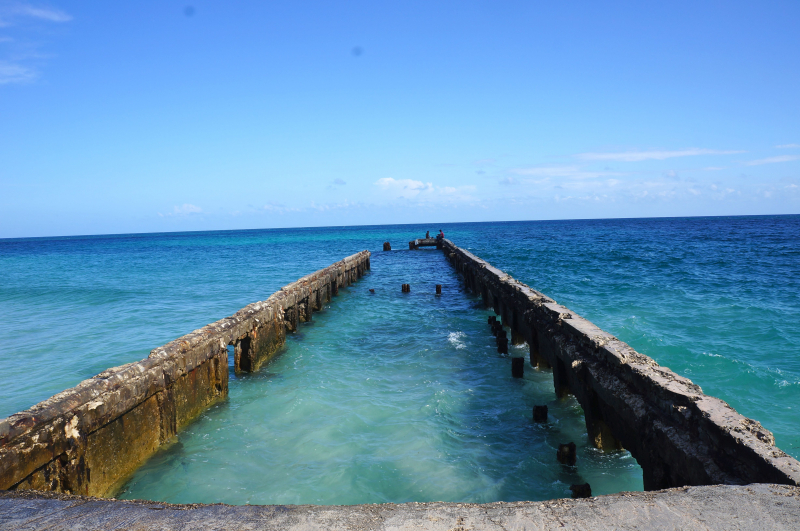
https://www.pinterest.com/ 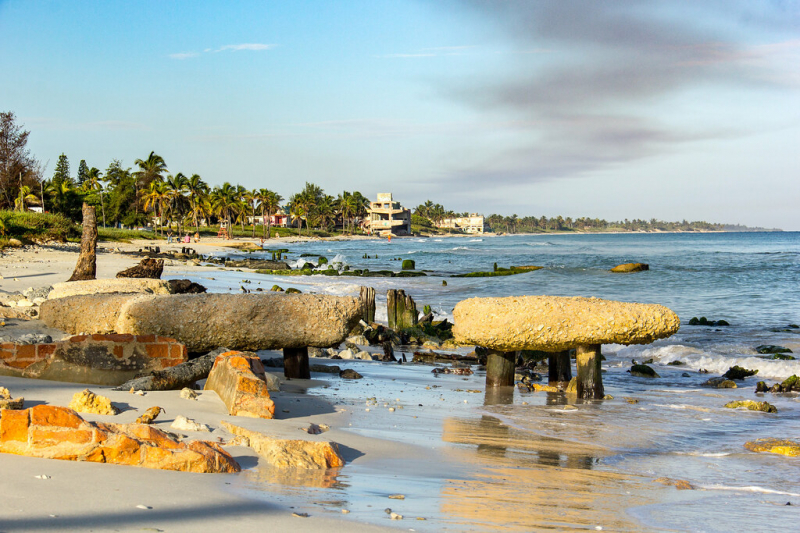
http://aroundguides.com/ -
A Gulf of Cazones inlet known as Playa Giron (Bay of Pigs) is situated on Cuba's southern coast. When Cuba's original six provinces were reconfigured into 14 new provinces in 1976, it was moved from Las Villas Province, where it had been included in Santa Clara Province by 1910, to Matanzas Province, where it had been since 1961.
The 1961 Bay of Pigs invasion, which was unsuccessful, made the bay significant historically. The region is well-known for its diving, and the bay is home to a variety of marine life, including 30 species of sponges from 19 families and 21 genera.The Bay of Pigs is more well-known in history than Playa Giron. The Playa Giron of today bears little resemblance to the CIA-backed coup attempt that took place there in the past. The beach, which shelters along the east side of the Bay of Pigs, is a beautiful semicircle of sand. Its amazing background is a quaintly retro Cuban community where everyone knows everyone. There are fantastic snorkeling and diving locations in Playa Giron, so if you enjoy water activities, you're in the correct place.
- Location: Matanzas
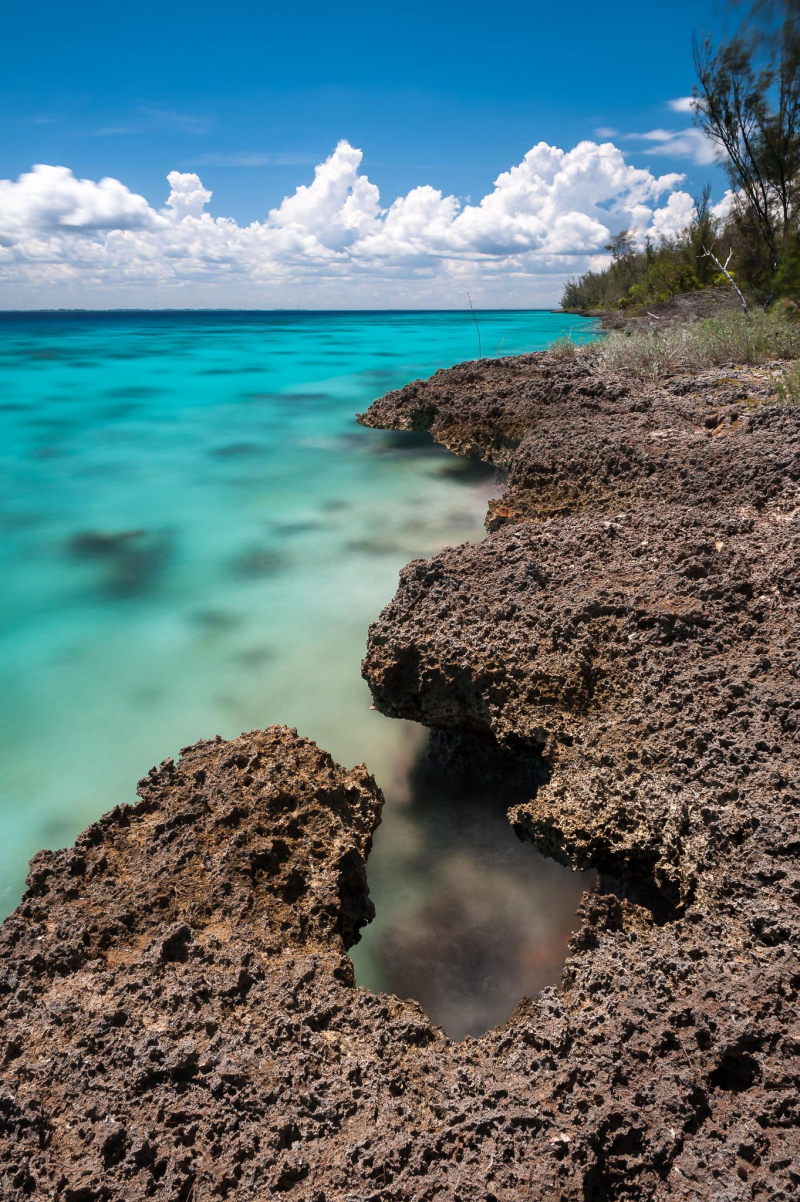
https://www.pinterest.com/ 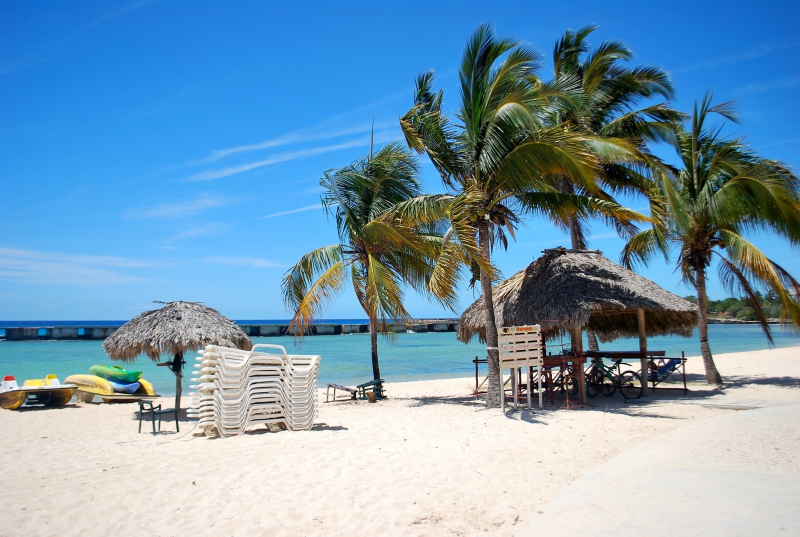
http://blondebrunettetravel.com -
The Republic of Cuba's Province of Holgun includes the town and municipality of Gibara. In terms of population and size, Gibara is the ninth-largest town in Holgun. January 16, 1817 saw the founding of the main settlement. La Villa Blanca, which translates to "The White Town," is another name for it.
In addition to having a lovely and airy setting, Gibara also features superb architectural designs and a well-thought-out arrangement of its streets, homes, and parks. Visitors yet claim that Gibara's greatest feature is its inhabitants, who are described as cooperative, amiable, affectionate, and proud of their community and its history.
Gibara is one of Cuba's most endearing little beach communities. It is situated along the Guanabo River halfway between Santa Cruz del Norte and Havana. Gibara boasts outstanding beaches including Playa Caletones in addition to the renowned Museo de Historia Natural. Cycling on the beaches is highly recommended. Along the journey, travelers encounter quaint little eateries and windmills. Gibara is a unique place with some of the warmest residents you will ever encounter.
- Location: Holguín
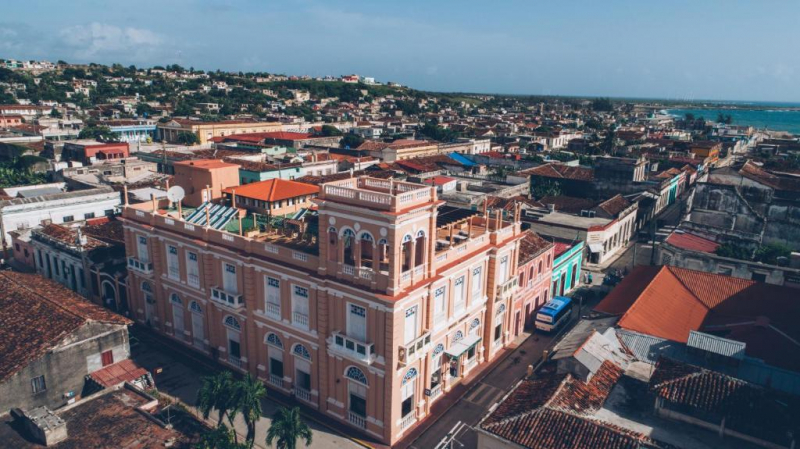
https://www.fotocommunity.de/ 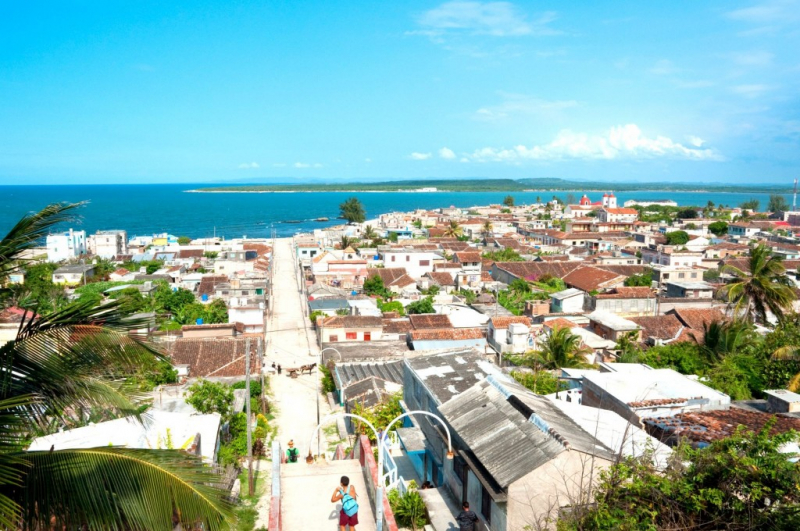
https://www.mahalo.cz -
The Cuban province of Pinar del Ro contains the municipality and town of Sandino. Because of the town's proximity to the shore, fishing is its primary source of income. The Guanahacabibes Peninsula, a UNESCO Biosphere Reserve, is also accessible from there. Augusto César Sandino, a revolutionary from Nicaragua, was honored with the naming of the municipality. The Sacred Heart of Jesus Catholic Church in Sandino, Cuba, was consecrated for the first time since the Cuban Revolution in January 2019.
Because Maria La Gorda is located in a distant area of the nation, its breathtaking beaches are undeveloped. People who want to stay away from the crowds of tourists come here seeking privacy. Snorkeling is one of the beachside activities, and boat trips are an option for the more daring. Locals and a few tourists are entertained by a small restaurant and bar.
This town's obsession with diving is so pervasive that it permeates every aspect of daily life. Here, one of the best dive locations in all of Cuba can be discovered, and Maria La Gorda also has a dive resort.
- Location: Pinar del Río

https://www.lujocuba.com/ 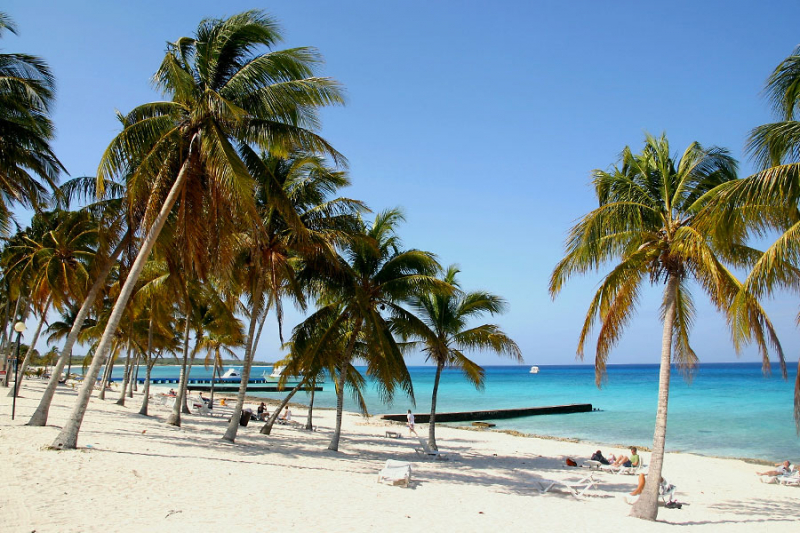
http://diveand.travel/ -
The Cuban province of Las Tunas contains the municipality and town of Puerto Padre. It is situated in an estuary (Estero El Espaolito) that opens onto Puerto Padre Bay on the province's northern coast. Puerto Padre, also referred to as the City of Mills, has a long history that dates back to the sixteenth century. With the installation of its first sugarcane mill in the middle of the 19th century (1851), the city started its metamorphosis from a little hamlet into an industrial hub.
The village, now somewhat of a tourism hub, was significant in Cuba's independence fights. The founders were Catalan businessmen and Criollo (Creole) landowners of Castilian descent. The history of Puerto Padre dates back to the 1500s. With the establishment of the town's first sugarcane mill in 1851, it had already begun the process of becoming a significant industrial hub.
The town played a significant part in the nation's numerous independence struggles. It has now changed once more into a significant tourist destination. The Cabaret Nocturno and the Casa de La Musica Holguin are just two of its many attractions. Both visitors and residents enjoy the excellent live music that is performed here.
- Location: Las Tunas
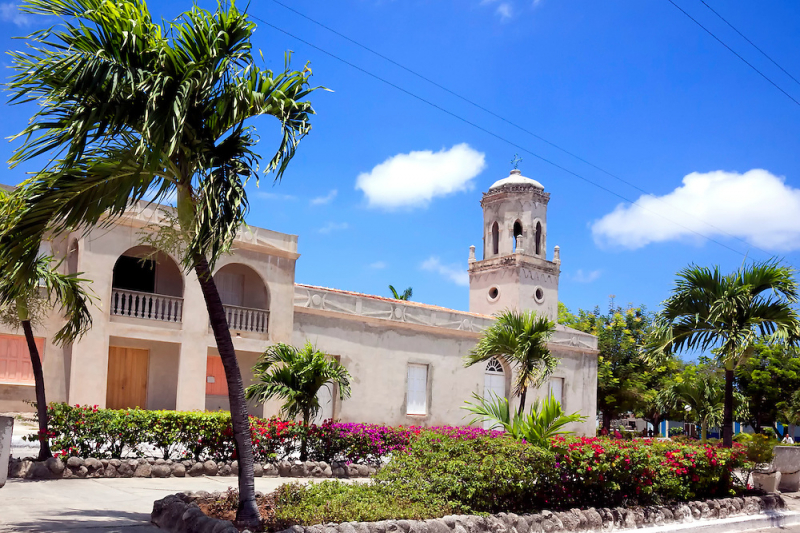
http://robinthom.photoshelter.com/ 
https://www.lujocuba.com










